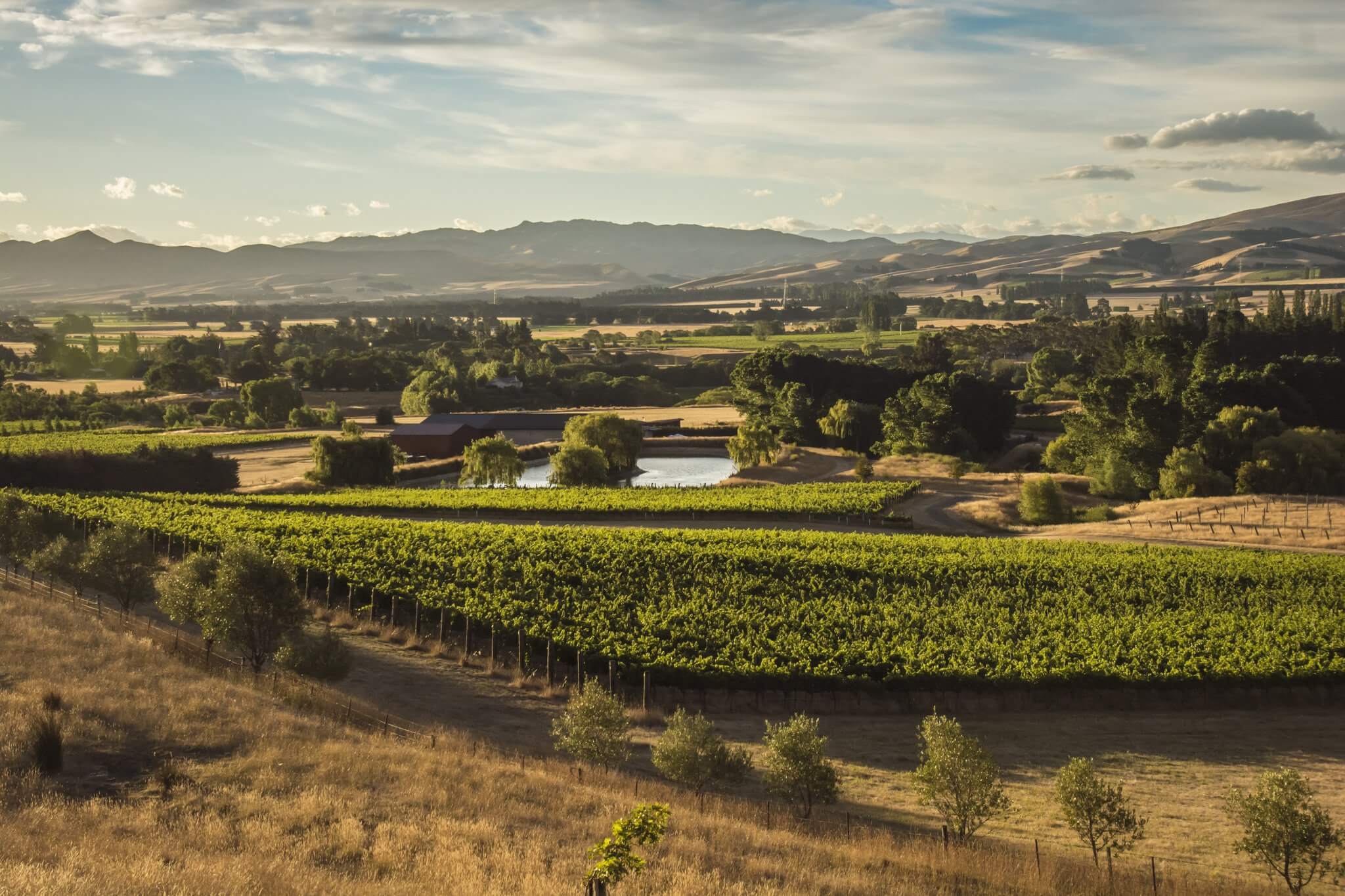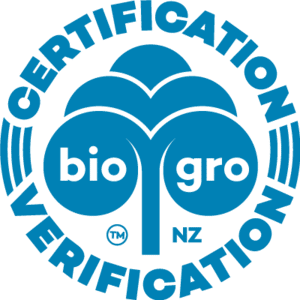
The Greystone Journey to Organics

The story of how Greystone became one of New Zealand’s most acclaimed organic vineyards started all the way back in early 2014, when we began the conversion from conventional to organic viticulture. By 2018, our entire 33-hectare vineyard was certified organic with BioGro New Zealand, and in 2021, we began our journey into becoming a fully regenerative and carbon-neutral farm. Today, Greystone is one of NZ’s first regenerative agriculture wine brands.
Organic winegrowing relies on harnessing biodiversity and natural ecological cycles as an alternative to the use of synthetic and external inputs. It is a hands-on approach that means being intimately connected to the vineyard, walking the rows and being attuned to subtle changes in the soil, vines and grapes. It’s labour intensive, but it’s also how we make truly remarkable wine without jeopardising the health of our environment, our team, or our consumers.
We avoid the use of synthetic chemicals to ensure the health and abundance of microbial flora above and below the soil. Our successful wild fermentations are only possible because of the flourishing yeast populations found in the vineyard.
Vineyards are a monoculture, which means biodiversity struggles exist. To create a more diverse environment, we cultivate “companion plantings” like Phacelia, Buckwheat, Alyssum in the interrows. As well as increasing biodiversity, companion plantings provide an alternate host and attract parasitic wasps which disrupt pests like leaf roll caterpillar, a species that directly causes botrytis in grapes.
To further minimise any harmful environmental effects, we plant and maintain approximately 100-200 native trees every year to increase biodiversity and re-establish endemic vegetation. Native vegetation like Totara, Flax and Cabbage Trees provide habitats for native fauna and disrupt the monoculture environment.
Crop management is done meticulously by hand without herbicides, insecticides or systemic fungicides. Light and air are the most powerful defence that we have in our artillery in the vineyard. We undertake extensive canopy management such as shoot thinning, bunch thinning, shoot positioning and leaf and lateral removal to open canopy and remove any crowding in the fruiting zone. This in turn reduces disease pressure and increases overall wine quality.
Another goal through organic winegrowing is to increase soil nutrients and conserve and recycle organic material created on our vineyard and in our winery. One way in which we achieve this is through our compost. We mix our winery marc (grape skins and seeds) with bark, straw and biodynamic preps. The compost quickly becomes a hotspot for microorganisms like bacteria and fungi. The heap is turned and monitored so that come spring, we are left with dark, rich finished compost that is then spread back onto the vineyard to raise the organic matter in the soil.
Greystone sprays 15 times a year using “natural canopy protectants”. Diseases are controlled with sulphur, seaweed, compost teas and biological fungicides such as Trichoderma.
Water is a precious resource that we use sparingly, if at all. We allow longer irrigation cycles to drive the vine roots deep down into the soil profile.
Shop for our organic New Zealand wines or join the wine club to be a part of our ongoing efforts to make remarkable wines sustainably.